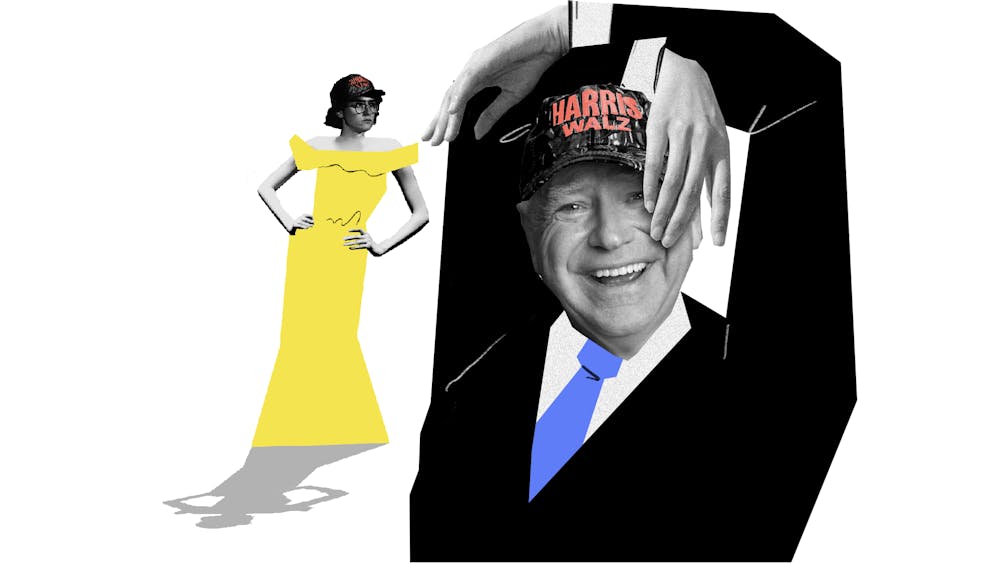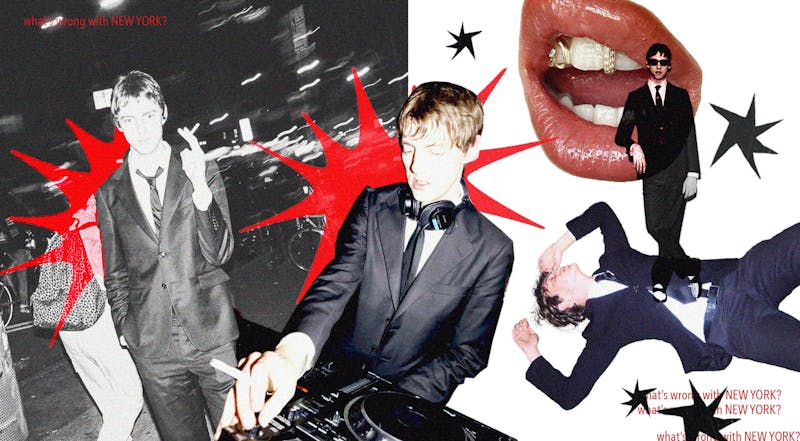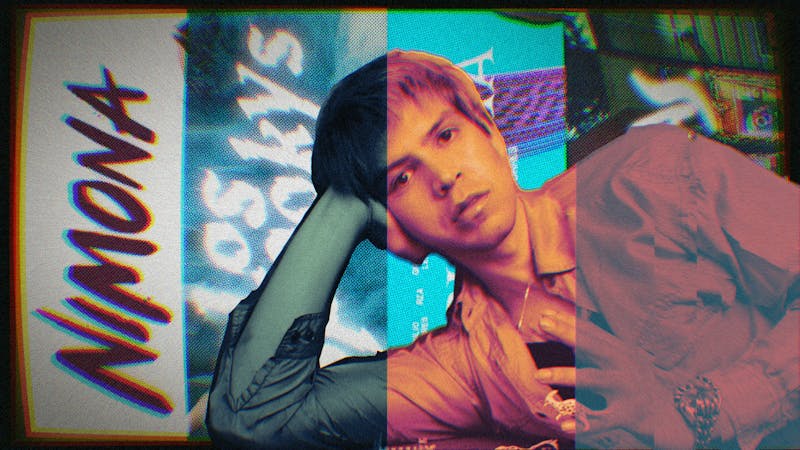Camo seems to be the new color of the Democratic Party.
Not long after Tim Walz was recorded reacting to his vice presidential nomination in a camo hat, the Harris–Walz campaign released its own camouflage merch, which sold out within 30 minutes of its release. At Tim Walz’s first rally in Philadelphia, he proudly donned the now iconic camo Harris–Walz hat. Banking on Walz’s brand as a Midwesterner, the hats were intended to be symbolic of the rural contingent typified by deer hunting and fishing, a contingent the Democratic Party has been hoping to bring into their fold. But at the same time, they have been embraced by indie stars like Remi Wolf and Chappell Roan who wear their gear to concerts, not campsites. Even Chappell Roan herself has noted the parallels between her Midwest Princess merch and the camo Harris–Walz hat.
Camo is imbued with a very particular regional and political meaning. For a wearer of camo army fatigues and hunting gear, the print has a particular functional value beyond pure aesthetics. It is thus distinct from cheetah print or chevron, which exist only for their own sake. Instead, camo has a specific purpose in purportedly allowing the wearer to blend into the natural environment around them. Camo, as an aesthetic, is tied to the great outdoors. In the political world, because a conservative contingent is associated with hunting and military service from which the aesthetic gains its meaning, one might associate camo more with a Republican bent.
When worn in an urban environment, camo becomes ironic purely because it rejects its original function. Rather than allowing the wearer to disappear, it makes them stand out. The irony played out perfectly at the Democratic National Convention, when Democratic presidential nominee Kamala Harris’ stepdaughter Ella Emhoff paired the piece with pleated Helmut Lang trousers, a quintessential hallmark of a distinctly New York quiet luxury, achieving an ironic aesthetic contrast. If her headwear was intended to emulate rural America, her pants reasserted her identity as one of the New York elite. While the hat drew the most attention, set against a monochromatic canvas, ultimately Helmut Lang (and her New York identity) functioned as the core of her outfit. The hat was merely a removable accessory.
By adopting camo, the Democratic Party seems to be deliberating subverting the political messaging associated with the pattern. It can easily be read as a call to rural American voters. By utilizing Tim Walz as a intermediary to lay claim to the camo aesthetic, the hat seems to attempt to subsume rural aesthetics into the canon of the Democratic Party as a means of pulling in the voters themselves. It’s a play for rural America. It’s a play for middle America.
But at the same time, when worn by the Ella Emhoffs of New York who represent an antithesis to the sensibilities of rural America, a certain irony underlies the gesture. Rather than symbolize rural America, it seems to invoke a Generation Z, urban aesthetic that prides itself on ironies. Think the GORP–core aesthetic of the early 2020s that claimed multi–pocket fishing vests as an urban staple. By elevating camo into the world of urban fashion, it pokes fun at its functionality. It is almost anti–rural.
A maneuver of such aesthetic political messaging doesn’t necessarily need to occur on one level of rational. It can be both and none. It can be intentional and unintentional. It can be effective and ironic. There are two meanings. There are infinite meanings. There is no meaning at all.
“Camp sees everything in quotation marks,” says Susan Sontag in "Notes on 'Camp.'" “It's not a lamp, but a 'lamp'; not a woman, but a 'woman.'"
Here, the Harris–Walz hat is not camo, but “camo."
And in this space between quotation marks, camp is weaponized for the sake of political power.
“Camo” is a triumph of an epicene style. It is both rural and urban. It contradicts itself and laughs at its own paradoxes, denying any attempt at critique. It cannot be claimed as one thing or another. It resists definition.
Here, the amorphous nature of camp allows the Democratic Party to posture without taking a stance. As Sontag contends, “To camp is a mode of seduction—one which employs flamboyant mannerisms susceptible of a double interpretation; gestures full of duplicity, with a witty meaning for cognoscenti and another, more impersonal, for outsiders.”
Rural America is both seen and obscured by the camo. On the outside, even if the hat presents itself as catering to rural America, it is all tongue–in–cheek. Go for it, says the urbanite wearing the camo hat, with a distinct sense that they are on the inside of the joke. Both parties have an inkling that the party is made for them, when in reality it exists only for the sake of power itself.






